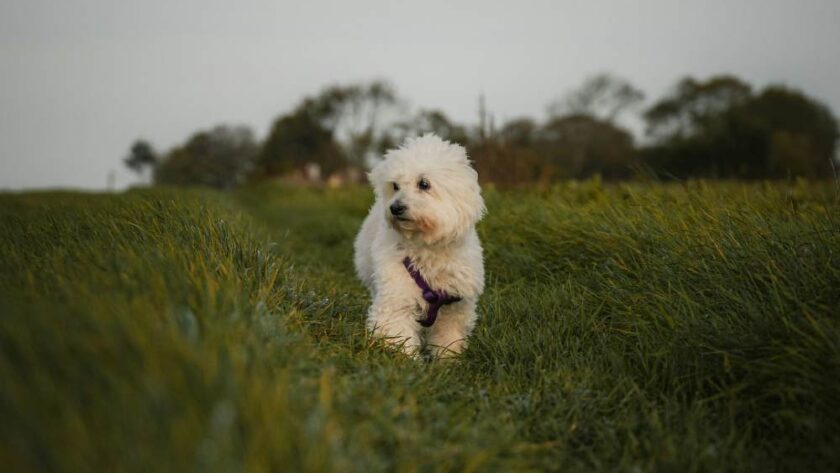Pets are more than just animals; they’re beloved members of the family. Ensuring their safety in various environments is crucial, whether it’s safeguarding them at home or using solutions like invisible fences for dogs to protect them outdoors. So, this article delves into common pet hazards both indoors and outdoors and offers practical advice on how to keep these cherished companions safe from harm.
Indoor Hazards: The Hidden Dangers at Home
Home, sweet home, can sometimes be a minefield for furry friends. Common household items like certain plants, human foods, and small objects pose risks. Chocolate, for instance, is a well-known no-no for dogs, but did you know that onions and garlic are just as harmful? And those lovely lilies that brighten up your living room? Extremely toxic to cats.
Cords and small objects are another concern. Cats love to play with anything that dangles, and puppies might chew on anything, including electrical cords. This can lead to choking or electrocution. So, regularly inspect your home for potential hazards and keep risky items out of reach.
Outdoor Dangers: When Nature Meets Naivety
The great outdoors is a wonderland for them but comes with its own set of dangers. Fertilisers, pesticides, and even some mulches can be toxic. Ensure your pet doesn’t ingest any garden chemicals, and consider using pet-friendly alternatives.
Another outdoor hazard? The risk of them wandering off. This is where invisible fences for dogs come in handy. These fences keep your pooch within safe boundaries without the need for physical barriers. They’re especially useful for large yards where building a conventional fence might be impractical.
Common Foods: The Kitchen Conundrum
The kitchen is often the heart of the home, but it’s also a hotspot for pet hazards. Grapes, raisins, and xylitol (found in sugar-free gum) are toxic to dogs. Even foods that seem harmless, like avocados, can be dangerous. So, always keep an eye on what they are snatching off the counter. And when in doubt, stick to pet-specific treats. It’s better to be safe than sorry.
Toys and Chews: Playtime Precautions
Pets, especially young ones, explore the world with their mouths. This natural curiosity means they might chew on toys that aren’t safe for them. Small pieces that break off toys can be ingested, leading to choking or blockages.
So, when choosing toys, opt for items designed for them, and always supervise playtime. Regularly inspect toys for wear and tear and replace them as necessary. Furthermore, be mindful of the material of the toys; ensure they are non-toxic and appropriate for your pet’s size and chewing habits to prevent any health hazards.
Emotional Hazards: The Stress Factor
The emotional well-being of your furry friends is just as important as their physical safety. Anxiety in pets can lead to destructive behaviours and even illness. Changes in routine, loud noises, or a new environment can all cause stress. So, to minimise anxiety, maintain a consistent routine and create a safe space where they can retreat when overwhelmed. Comforting toys and anxiety wraps can also be beneficial.
Conclusion
Keeping your pet safe is an ongoing process, and it requires vigilance, education, and a lot of love. From indoor and outdoor hazards to the emotional well-being of your furry friend, every aspect of their life needs consideration. The joy pets bring into one’s life is immeasurable, and their safety is a small price to pay for the unconditional love they offer.
So, keep those kitchen hazards out of reach, consider options like invisible fences for dogs, and never underestimate the power of a safe and loving home. Here’s to many happy, healthy years with your beloved pets!




